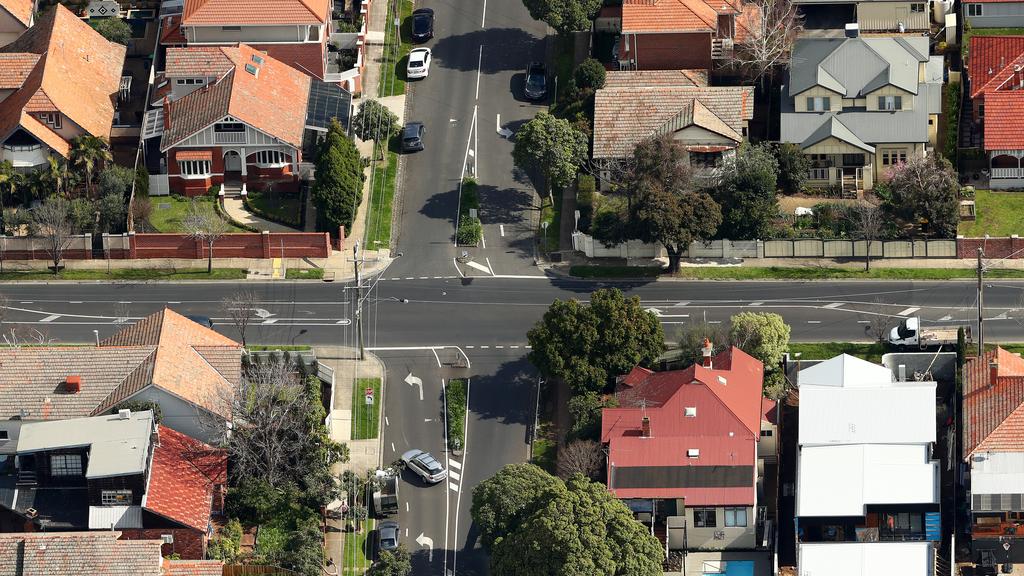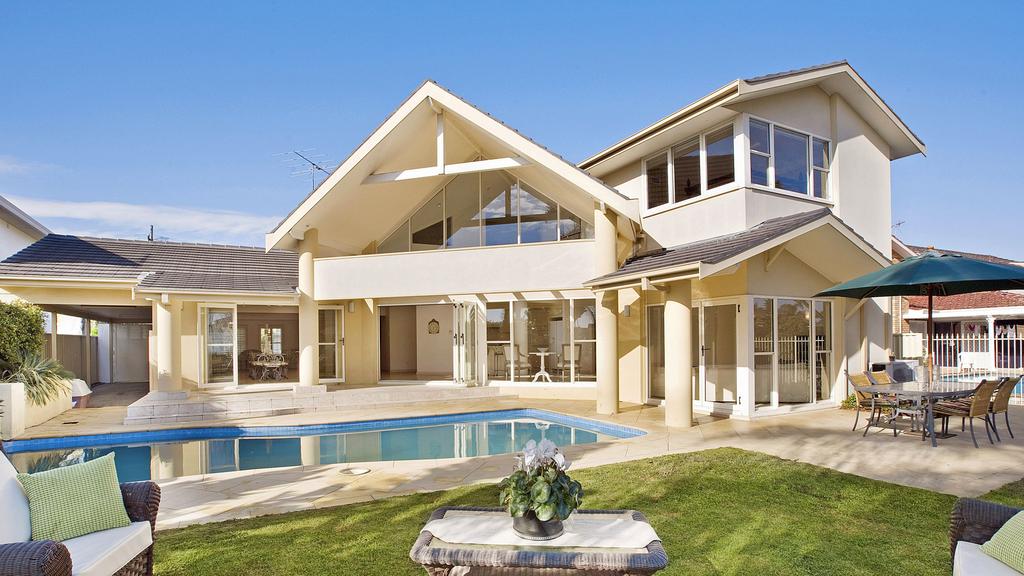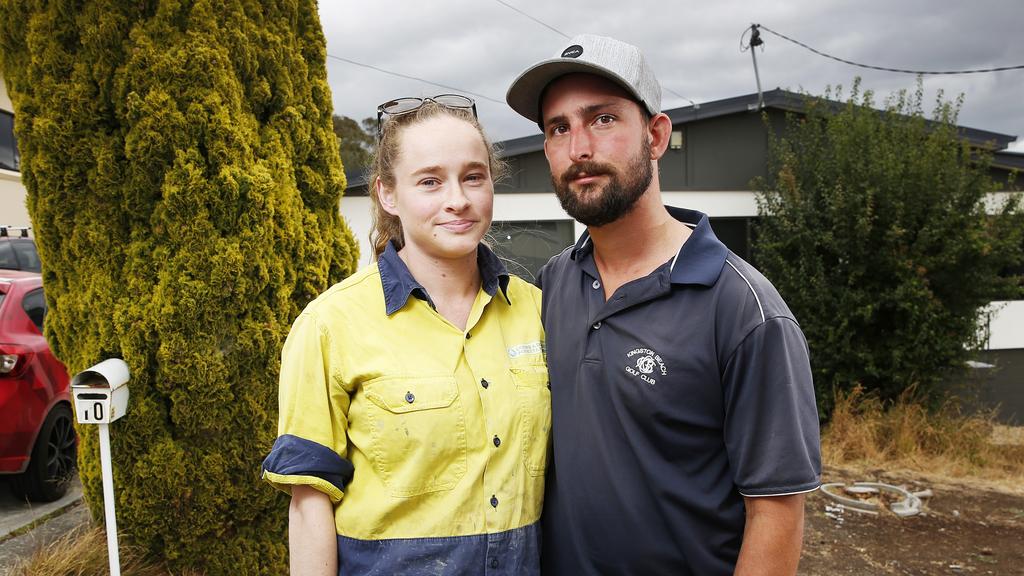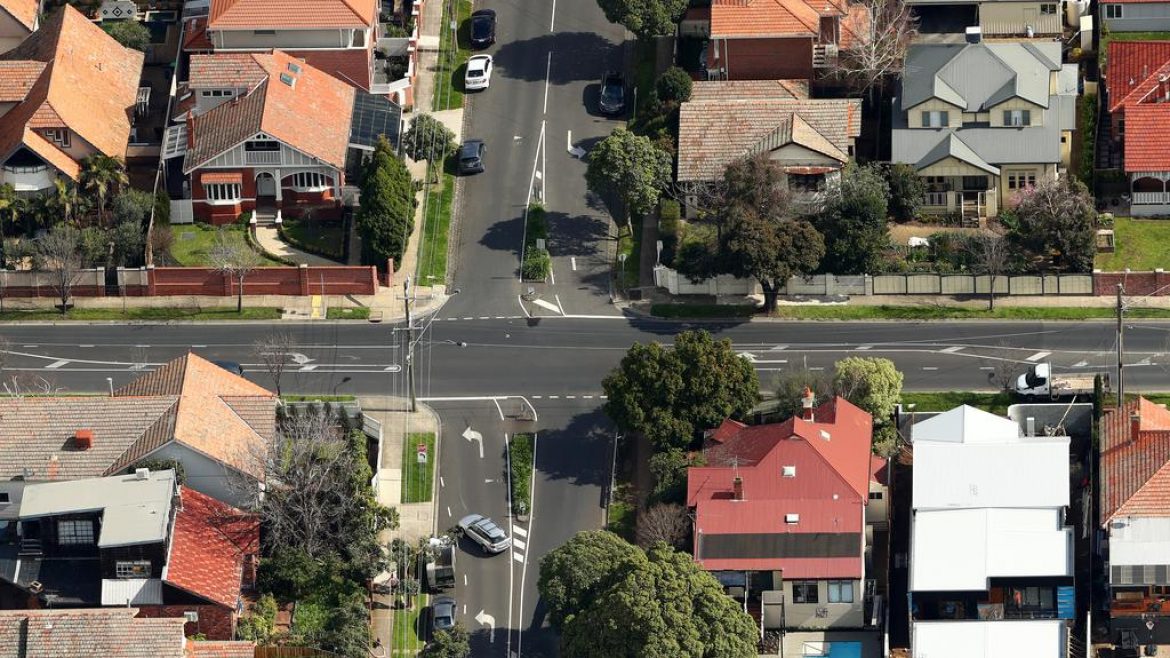If COVID-19 has come with a silver lining this could be it – rents are at their cheapest in almost 13 years.
The increased availability of rental properties and the decreased number of those looking for such properties have been considerable downward pressure on prices.
The percentage of income needed to meet rental payments fell to 23.3 per cent in the June quarter (well short of the maximum 30 per cent considered appropriate), according to the Real Estate Institute of Australia.
This is the highest level of rental affordability since December 2007.

It’s a renter’s market. Picture: Getty
MORE: How first-home buyers can cut 4 years off their deposit
Homebuyers rocked by lack of confidence
The ACT is the only state or territory where rents rose in the June quarter. Home values in the seat of parliament have also been in positive territory, with the burgeoning public sector, who remained employed despite the pandemic, often pointed to as a reason why.
Nationally rents are down 0.5 per cent on this time last year.
“This can be mainly attributed to the reduction or stabilisation or rents,” REIA president, Adrian Kelly said.
“Rental affordability has not been this high since December 2007, a positive for renters in these COVID times.”
Prior to the coronavirus pandemic, the increasing number of households renting their home, according to the Australian Bureau of Statistics this figure jumped from 27 per cent in the decade from 1997-98 to 2017-18 by five per cent had placed upward pressure on rent prices.

The rental market has been flooded with properties during the COVID-19 pandemic.
For so long it has been a landlord’s market but now economic factors are falling in favour of tenants, and like the property sales segment, the rental market is beginning to splinter further.
“The west coast, Western Australia is doing well, stock levels are low and vacancy rates are low, but the east coast NSW is quite a different story, stock levels are high and vacancies rates for the first time are climbing close to four per cent,” said Maria Carlino, National Head of Property at The Agency.
“One sector of the market that is doing well for us is the executive market, $2,000 + per week. Victoria is at a standstill with lockdown measures, viewings are being done via video and our biggest concern in there is the mental and physical health of our clients.”
Inner city rental markets have been hit hardest, especially in Melbourne and Sydney as tenants have lost their jobs and moved in with family or friends. The absence of global travel has also meant a slump in international students and those who might have rented their properties for short stays on platforms such as Airbnb are no looking for longer term tenants.
MORE: Byron Bay’s popularity with seachangers ‘peaking’
Australia’s most wanted streets revealed
“The fact is there are more properties on the market and that is what’s pushing prices down,” said Prue Bryant, Rental Department Manager at Brad Teal.
“We go through stages in the real estate market where things favour landlords and vice-versa and now is a good time for tenants. People are looking to life in different areas they might not have been able to afford before, landlords are potentially looking to reduce rents to secure tenants and some homeowners are looking to rent out their own homes and then rent somewhere else they might prefer to live because of convenience or lifestyle”

Competition for rental properties is fiercest in Tasmania as Nikki Fischer found out Picture: Zak Simmonds
According to the REIA report, in NSW the proportion of income needed to pay the median rent is 27.5 per cent. In Victoria the figure is lower at 22.5 per cent, in Queensland and South Australia it is 21.5 per cent. In WA rental affordability is down 0.7 per cent on last year to 24 per cent.
That figure is the highest in Tasmania at 29 per cent, another indication of the strongly performing real estate market there. In the Northern Territory it is 20.4 per cent and in the ACT it is 22.3 per cent.
“Owners need to be aware of what their local markets are doing, and shift asking rental prices if required,” Ms Carlino said,
“Choice in the market creates competition therefore rental properties need to shine. This may be an ideal time to do that renovation.”
MORE: The suburbs we all want to live in
Radical way COVID-19 is changing our homes
The post Best rental affordability since 2007, says the Real Estate Institute of Australia appeared first on realestate.com.au.

